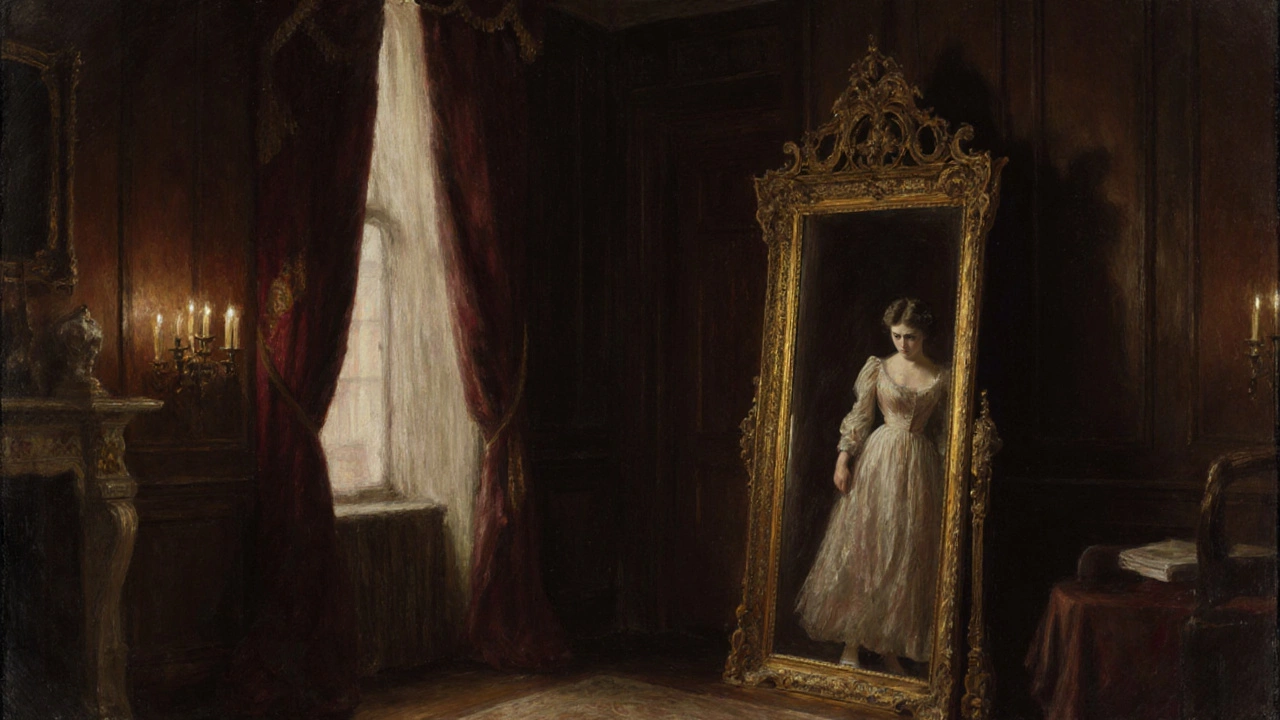Fear of Mirrors – Why It Happens and How to Overcome It
Ever caught yourself avoiding the bathroom or the hallway because the mirror feels too scary? You’re not alone. Many people get uneasy when they see their own reflection, and that feeling can turn into a full‑blown phobia. Below we break down why the fear shows up, what it looks like, and four easy ways to start feeling calmer.
What Triggers the Fear?
First, remember that a mirror is just a piece of glass that bounces light. Yet our brain can read it as a threat. A few common triggers are:
- Past trauma. Seeing a face during a scary event can lock that image in memory.
- Body‑image worries. If you’re nervous about how you look, the mirror can magnify those thoughts.
- Super‑natural stories. Tales about haunted mirrors or the “black mirror” make the idea feel creepy.
- Something odd in the reflection. A sudden flash, odd lighting, or a distorted image can startle you.
All of these feed the brain’s alarm system, making you want to look away. The more you avoid mirrors, the stronger the fear can become.
How to Tame Mirror Anxiety
Here are four practical steps you can try today:
- Gradual exposure. Start with a tiny mirror on your desk. Look for a few seconds, then walk away. Add a few seconds each day until a larger mirror feels OK.
- Change the lighting. Bright, even light makes reflections clearer and less spooky. Turn on a lamp or open curtains before you face the mirror.
- Positive self‑talk. When you see yourself, repeat a kind phrase like, “I’m okay,” or “I’m safe.” It replaces the fear loop with a calm thought.
- Grounding tricks. Take three deep breaths, feel your feet on the floor, and notice a single object in the room. This pulls your focus away from the reflection and back to the present.
If the fear feels overwhelming, a short chat with a therapist can help you uncover the root cause and build a customized plan.
Most people find that after a week or two of gentle practice, the panic drops dramatically. The mirror becomes just another piece of furniture instead of a source of dread.
Curious about why mirrors fascinate us in the first place? A quick look at the three main types – flat, concave, and convex – shows that each shape plays a different visual trick. Knowing the science can take the mystery out of the reflection.
In short, fear of mirrors is a real response, but it’s also something you can train your brain to ignore. Start small, keep the lights on, talk kindly to yourself, and stay present. Soon the mirror will be just a helpful tool for checking a haircut or making sure the outfit looks right – not a source of terror.
Explore why people dread their reflection. From ancient myths to brain chemistry, learn what drives mirror phobia and how to face it.
Sep, 26 2025
